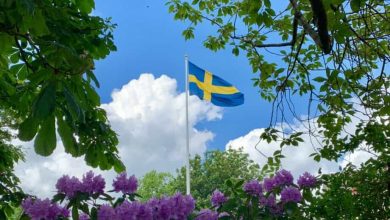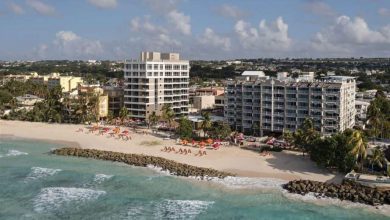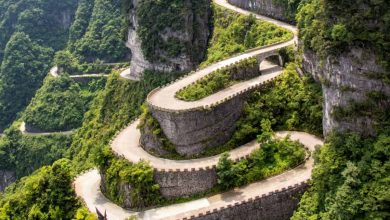Debunking 7 common misconceptions about New Zealand
/ 2024-02-28 20:53:03

Diplomat.Today
Veronika Vermeulen
2024-02-28 20:53:03
——————————————-
New Zealand, a country with breathtaking landscapes, friendly people and a distinctive culture, is often shrouded in a number of misconceptions. Although this island nation is praised for its impeccable beauty and welcoming atmosphere, some stereotypes and misunderstandings persist. Let’s dive into the truth behind the misconceptions surrounding New Zealand.
Myth 1: “All of New Zealand is covered in lush greenery”
While it’s true that New Zealand offers spectacular scenery and lush greenery, the idea that the entire country is one vast, uninterrupted stretch of rolling mountains and forests is a misconception. New Zealand’s varied terrain includes mountains, desert terrain, beaches, lakes and bustling urban areas. Te Onetapu, better known as the Rangipo Desert, is a desolate, desert-like expanse in New Zealand. The country’s topography is anything but uniform, with scenic fjords, volcanic mountains, vast grasslands, dense forests and astonishing glaciers.
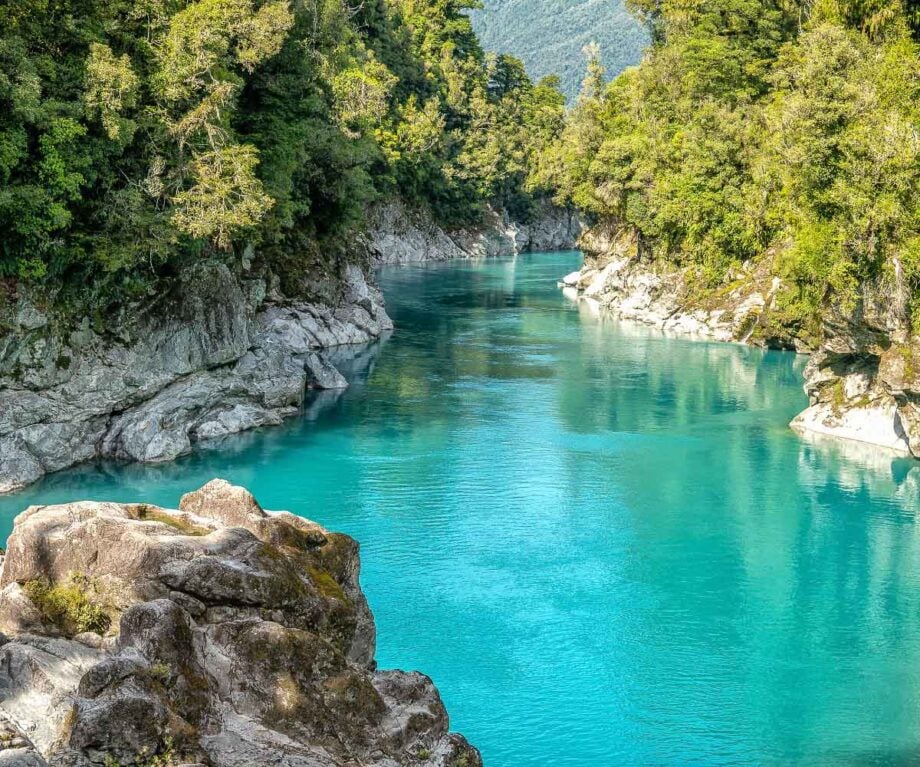
Myth 2: “New Zealand is part of Australia”
The idea that New Zealand is just an extension of Australia fails to recognize the individuality and rich history of the Kiwi nation. These two countries may share the umbrella of Oceania, but stand as sovereign nations with their own governments, cultures, and histories.
New Zealand’s own identity is deeply rooted in indigenous Māori culture, which is crucial in shaping the country’s character. The Māori people contribute significantly to New Zealand’s vibrant heritage with their unique language, traditions and art forms.
Aboriginal Australians have a rich and ancient history, showing continuous occupation of the Australian continent for at least 65,000 years. On the other hand, Māori people arrived in New Zealand about 1,000 years ago, making their cultural history relatively shorter compared to Aboriginal Australians, demonstrating the vast differences between the two indigenous cultures.
Myth 3: “Nature in New Zealand is limited to the kiwi bird”
Although the flightless and nocturnal Kiwi bird is a national symbol, New Zealand is home to many unique species, including 16 flightless birds. The country is a biodiversity hotspot, with endemic species such as the Kōkako, the tuatara reptile and the Hector’s dolphin. Home to the rare kākāpō, a flightless and nocturnal parrot. This critically endangered species is one of New Zealand’s distinctive species. The misconception that New Zealand’s wildlife is limited to the kiwi bird ignores the rich and diverse ecosystems on the islands.
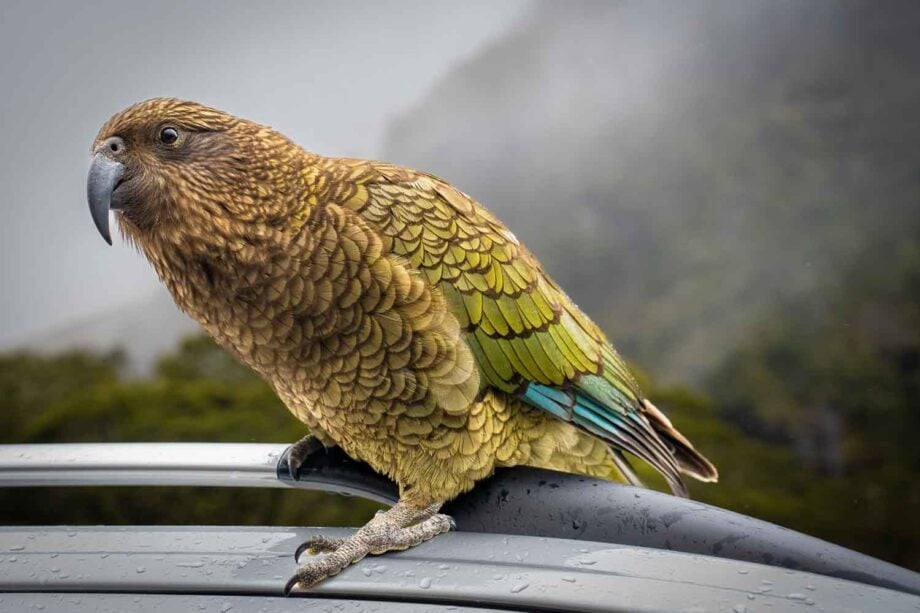

Myth 4: “New Zealand is only for adventurers”
New Zealand is undeniably an adventure lover’s paradise with its iconic bungee jumping, skydiving and hiking experiences. However, it is crucial to dispel the idea that these heart-pounding activities define the entire Kiwi experience. In addition to the adrenaline-fueled adventures, New Zealand is home to tranquil beaches, vibrant cities and a rich arts and culture scene.


For those seeking peace and relaxation, the country’s coastline is dotted with pristine beaches and offers a peaceful retreat. Cities such as Auckland and Wellington are bursting with cultural vibrancy, with various museums, galleries and theaters. Māori heritage is woven into the fabric of New Zealand culture, providing an enriching cultural experience for those interested in indigenous arts and traditions.
Whether you are an adrenaline junkie, a culture vulture or someone looking for relaxing activities: New Zealand cordially invites you. The country’s diverse offering ensures that every visitor will find something for him or her, regardless of his or her interests.
Myth 5: “Everyone in New Zealand speaks Māori”
A common misconception about New Zealand is the belief that everyone speaks Māori. Although Te Reo, the Māori language, has official status alongside English, the country’s linguistic landscape is more diverse than is often thought. Let’s unravel the truth about the Māori language in New Zealand.
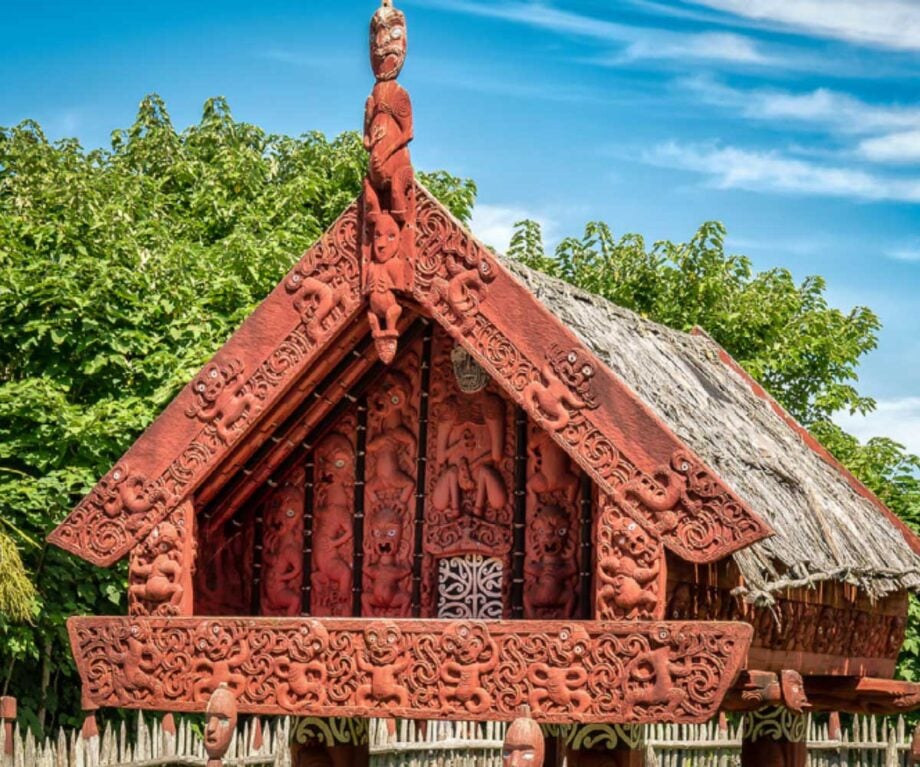

Contrary to popular belief, not every New Zealander is fluent in Māori. English remains the predominant language spoken in everyday life and reflects the multicultural and multilingual nature of Kiwi society. However, it is important to note that Māori language education is integrated into the curriculum from nursery school through to secondary school, emphasizing the importance of preserving and promoting this indigenous language. Efforts to revive Te Reo are evident in educational settings, where students are exposed to opportunities to learn Māori languages. Despite these initiatives, Māori fluency levels vary from person to person.
Myth 6: “New Zealand is small”
At first glance, New Zealand may seem small compared to other countries. However, the enchanting country of New Zealand consists of two main islands: the North Island and the South Island, each with unique and distinctive terrains. The combined expanse of New Zealand covers approximately 1,000 miles long and 450 miles wide at its widest point, exceeding the geographic dimensions of the United Kingdom.
To put it into perspective, a trip from the top of the North Island to the bottom of the South Island takes an estimated 29 hours of driving. This significant travel time underlines New Zealand’s vast nature and challenges the common misconception that it is a small country. When planning your visit to New Zealand, consider the vast distances and diverse terrain that awaits you, making every moment of your trip an adventure in the true breadth of this captivating destination.
Myth 7: “Everyone in New Zealand is a sheep farmer”
The stereotype of New Zealanders as sheep farmers is a classic misconception. Although agriculture is a substantial part of the economy, with approximately 78.2 thousand people employed in the New Zealand agricultural sector in 2023, New Zealand is also a contemporary and developed country with diverse industries. It is not uncommon to see Kiwis working in offices, laboratories or in creative fields that go beyond the pastoral scenes often associated with the country.
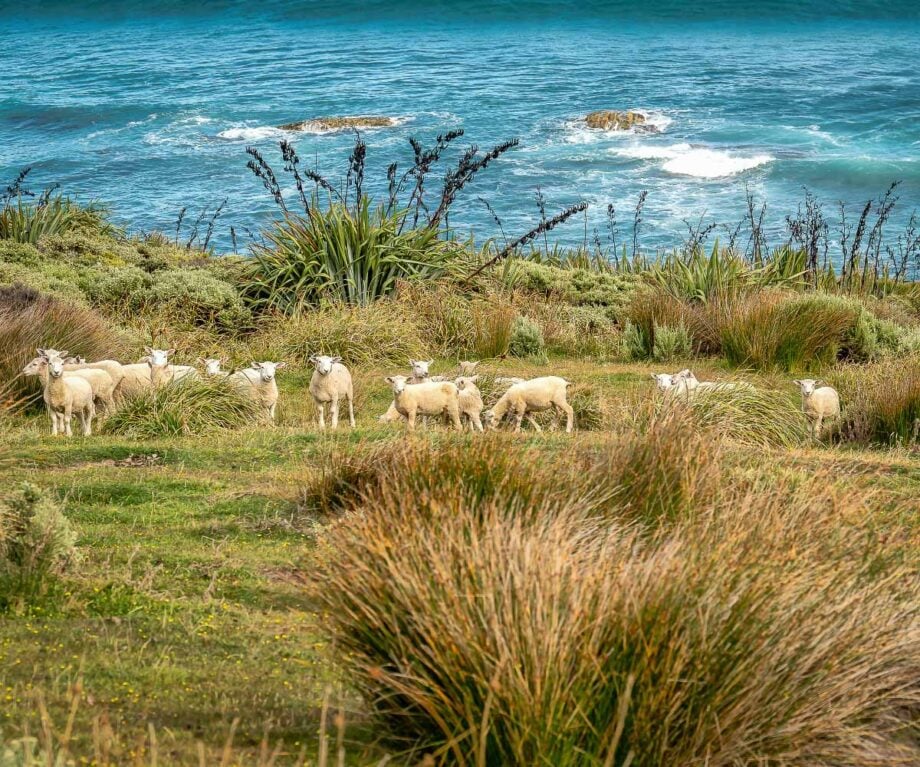

Myths debunked…
In addition to the breathtaking landscapes and warm locals, the country is a vibrant modern society with a rich cultural tapestry. By dispelling these misconceptions, we can appreciate the depth and diversity that New Zealand offers both its residents and visitors. So, the next time you think of New Zealand, remember that it is a land of surprises and not just a collection of preconceived ideas.
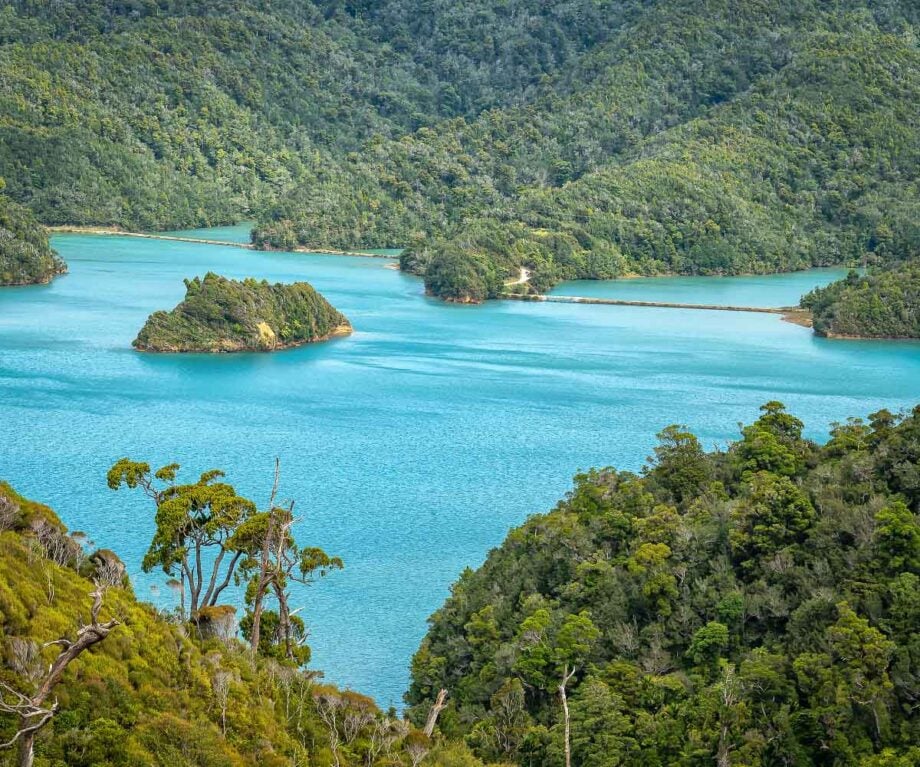

Did you like this article?
Receive similar content straight to your inbox.
Please enable JavaScript in your browser to submit the form
——————————————-


